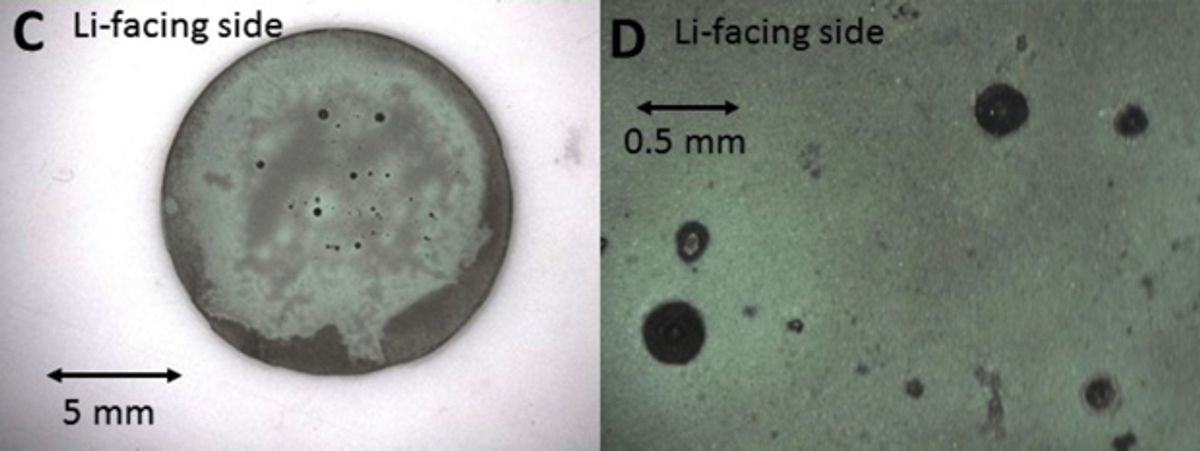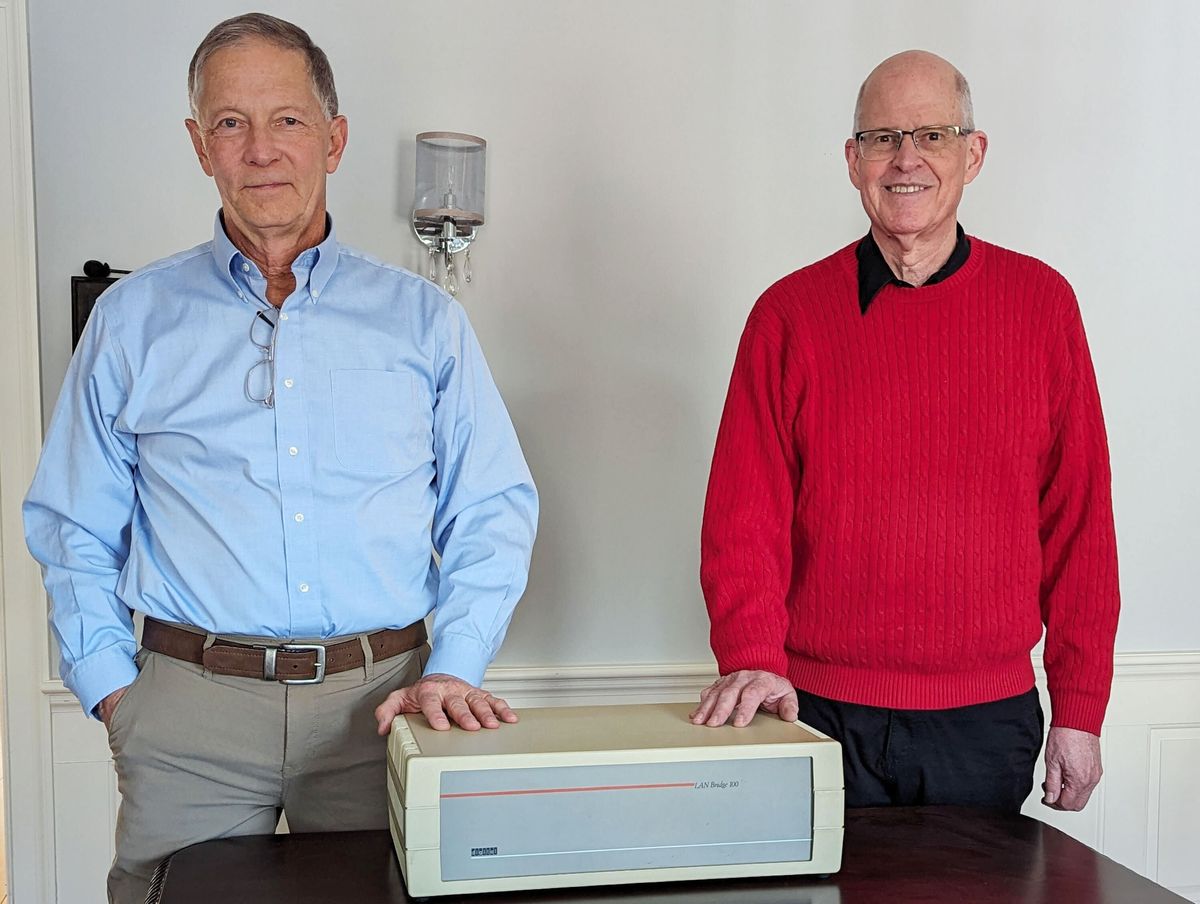A major fraction of the energy in all batteries lies untapped. Now, scientists have found a new way to pull some of it out—materials that change into pathways for electricity within the battery over time. The scientists report their results this week in the journal Science.
"Under many uses, a battery may be used to 80 percent of its capacity," says researcher Esther Takeuchi, an energy storage expert at Stony Brook University in New York who collaborated with scientists at Brookhave National Laboratory on the discovery. "However, depending on the system, the value can be lower, around 50 percent." The problem is that charge does not flow within batteries as well as it could.
Takeuchi and her colleagues have developed a strategy that could help batteries recover some of this otherwise wasted energy. "Our goal is to improve the utilization of the battery," Takeuchi says. "In many ways, energy storage is a key to a new energy future."
Their new battery consists of an anode of lithium foil and porous cathode pellets made of particles of silver vanadium phosphate. The anode and cathode are both suspended in an organic electrolyte solution.
Lithium ions dissolve in the battery’s electrolyte and chemically reacts with the cathode particles as charge shuffles about within the battery. These chemical reactions cause silver ions within the particles to coat the particles with a film of silver metal. This silver film helps charge flow, making it easier for more of the lithium to migrate into the cathode particles and increasing the amount of energy that can flow out from the battery. If the cathode particles are designed right, nearly all their energy can be pulled out.
Although silver compounds may be too expensive for most applications, other battery materials containing iron or copper might be able to employ this strategy as well, write Oak Ridge National Laboratory's Nancy Dudney and Juchuan Li in a commentary in Science.
Charles Q. Choi is a science reporter who contributes regularly to IEEE Spectrum. He has written for Scientific American, The New York Times, Wired, and Science, among others.


